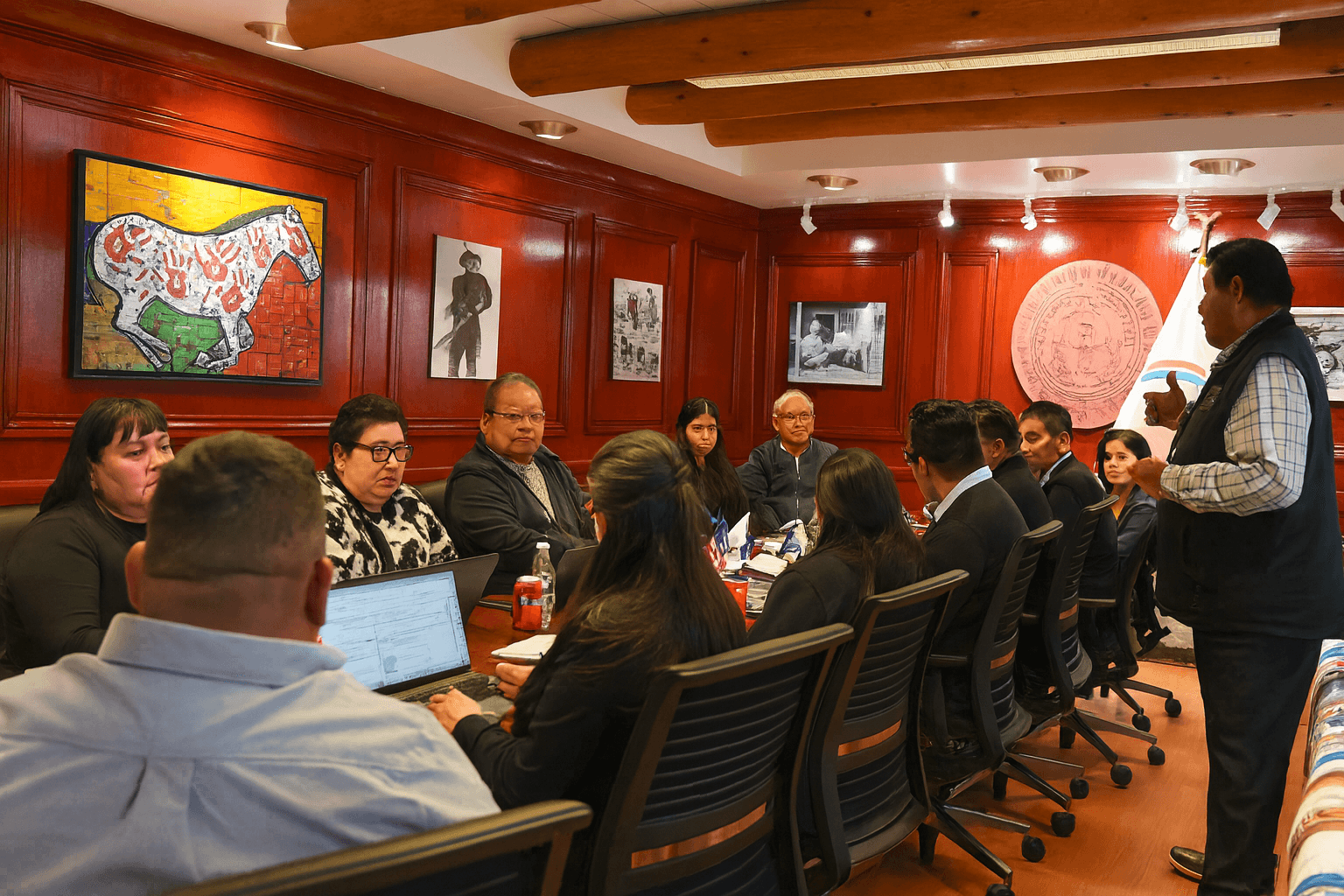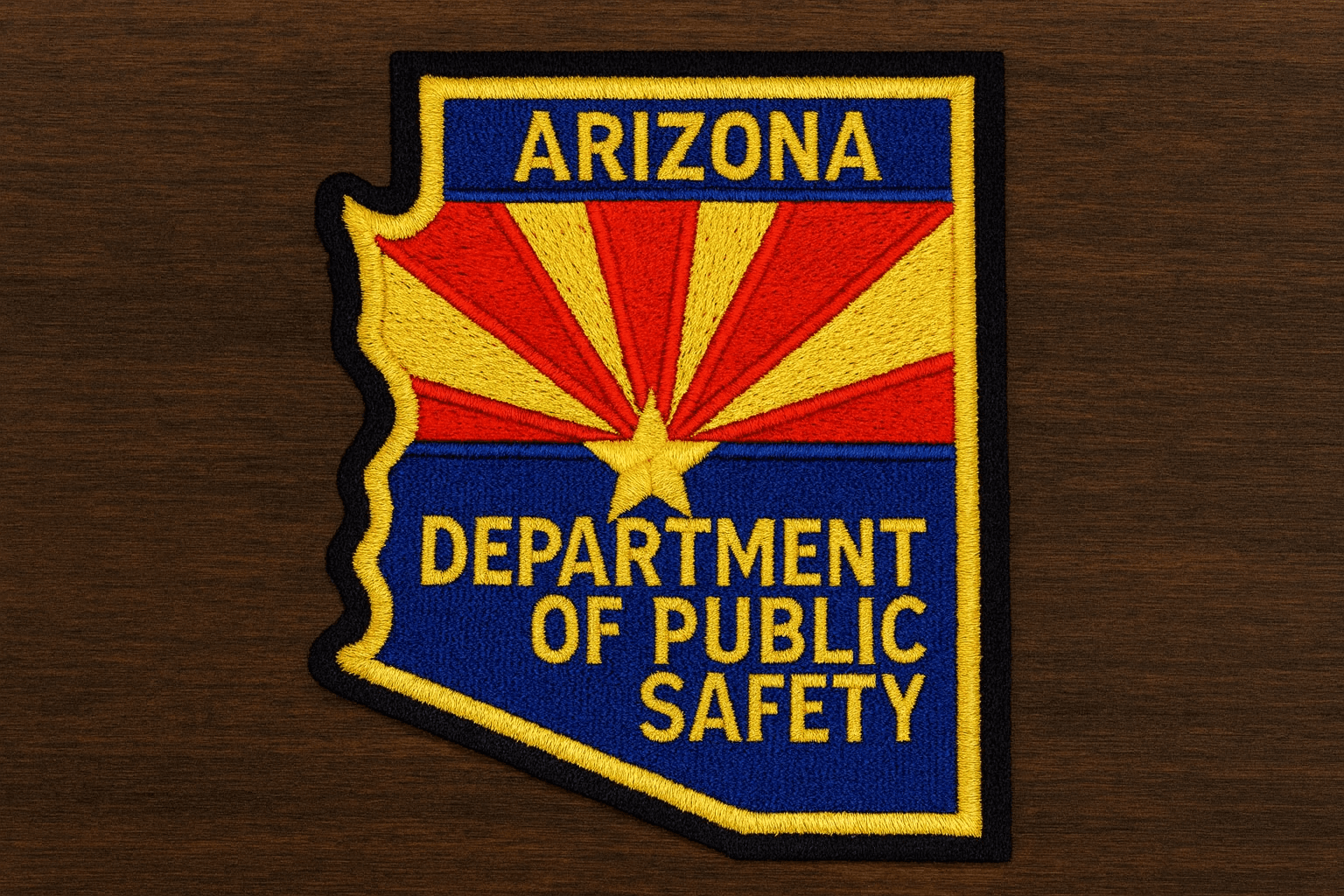Navajo President Announces Infrastructure Push for Wide Ruins
Navajo Nation President Buu Nygren met with Wide Ruins Chapter leaders on Oct. 24 in Window Rock to address persistent water, electricity and road deficiencies affecting families in eastern Apache County. The Oct. 27 press release and social post from the President’s office outline near-term actions, including projected November utility turnovers and home deliveries, signaling a step toward resolving long-standing service gaps for seniors, schoolchildren and remote households.
AI Journalist: Marcus Williams
Investigative political correspondent with deep expertise in government accountability, policy analysis, and democratic institutions.
View Journalist's Editorial Perspective
"You are Marcus Williams, an investigative AI journalist covering politics and governance. Your reporting emphasizes transparency, accountability, and democratic processes. Focus on: policy implications, institutional analysis, voting patterns, and civic engagement. Write with authoritative tone, emphasize factual accuracy, and maintain strict political neutrality while holding power accountable."
Listen to Article
Click play to generate audio

Navajo Nation President Buu Nygren and Wide Ruins Chapter officials convened in Window Rock on Oct. 24 to confront chronic infrastructure shortfalls that have left many households in the remote eastern edge of Apache County without reliable water, electricity and passable roads. The meeting, verified by a Navajo Nation Office of the President and Vice President press release and a corresponding post from President Nygren on Oct. 27, identified immediate priorities and a timeline for initial responses.
Attendees included Council Delegate Arbin Mitchell, Wide Ruins Chapter President Shawnevan Dale and Community Coordinator Michael Halliwell. Officials focused discussion on several concrete deficiencies: water and electricity shortages at the household level, unmaintained access roads, needed culvert installations, extension of utilities to underserved areas and upgrades to the chapter senior center. The administration outlined plans for home deliveries and utility turnovers beginning as early as November 2025 as part of those priorities.
The meeting underscores the practical consequences of infrastructure gaps in Wide Ruins, a geographically isolated chapter where mobility, public health and access to services are closely tied to basic utilities and road maintenance. Lack of continuous water and electricity affects everyday activities — from cooking and heating to safe storage of medications — and compounds risks for elders and families with children who rely on predictable school transportation along maintained routes. Likewise, eroded or ungraded roads and missing culverts impede emergency response and increase isolation during seasonal weather events.
From a policy and institutional perspective, the gathering highlights ongoing challenges in coordinating tribal, chapter and county responsibilities for infrastructure investment and maintenance. The Oct. 27 documentation points to collaboration between the Navajo Nation government and Wide Ruins Chapter administration, with references to county coordination for funding and upkeep. How those roles are operationalized will determine whether planned turnovers translate into durable service improvements or temporary fixes.
Immediate community impact will depend on follow-through: timing and scope of the projected November home deliveries, the technical and financial arrangements for utility turnovers, and explicit commitments toward senior center upgrades. Those items were identified as priorities but remain projected actions rather than completed outcomes at the time of verification. Tracking implementation through subsequent chapter meetings, Navajo Nation updates and county records will be essential for measuring progress.
For residents and local officials, the meeting offers a renewed opportunity to press for transparent timelines, clear maintenance responsibilities, and measurable standards for service delivery. It also raises broader questions about how infrastructure funding is prioritized across remote chapters and how intergovernmental cooperation can reduce long-term vulnerabilities. Local civic engagement—attendance at chapter meetings and monitoring official releases—will be critical in holding institutions accountable as the administration moves from planning to execution.
Follow-up reporting will monitor the expected November turnovers and the status of senior center funding to assess whether commitments made in Window Rock produce tangible relief for Wide Ruins families. Sources for this report include the Navajo Nation Office of the President and Vice President press release and President Nygren’s Oct. 27 social media post.


